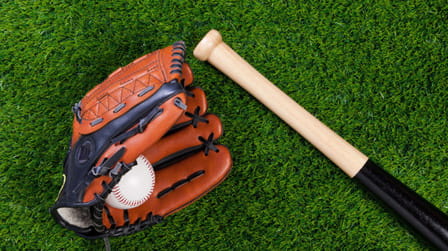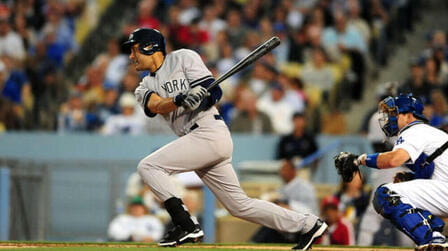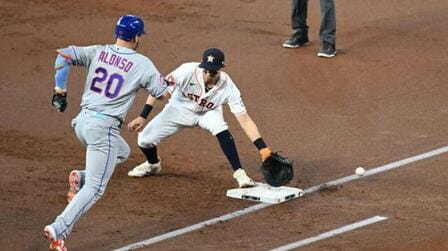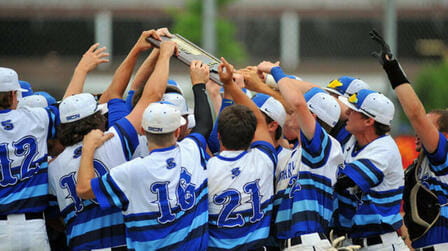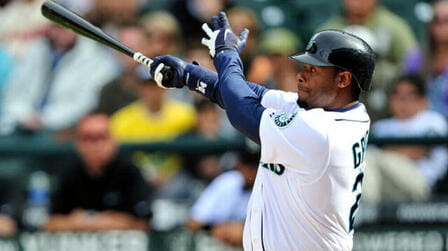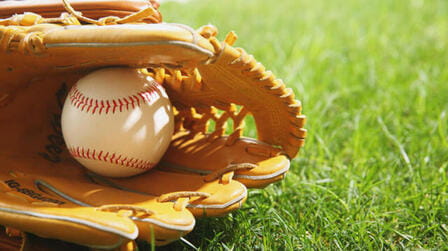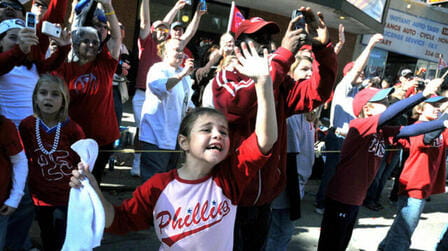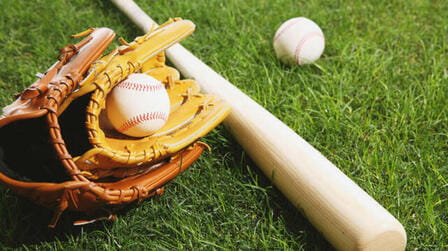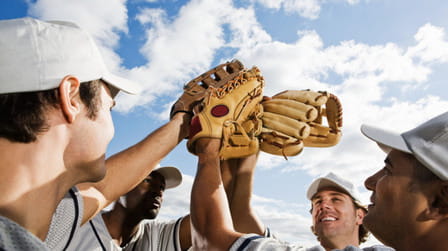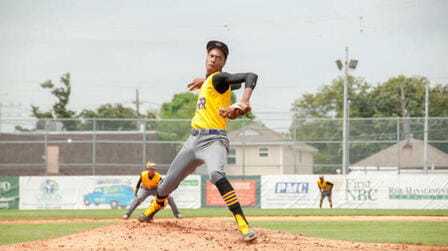Baseball jerseys are a popular piece of sports apparel worn by both athletes and fans. But what should you wear underneath your jersey for optimal comfort and performance? Here are some tips on base layers to consider wearing under a baseball jersey.
Compression Base Layers
Compression style base layers are a popular choice under baseball jerseys. These tight-fitting shirts and leggings are made of spandex, nylon, and other stretchy synthetics. The snug fit increases blood flow and reduces muscle vibration.
Compression gear can enhance performance by keeping muscles warm and supported during activity. It also wicks moisture away from the skin more rapidly. Brands like Under Armour and Nike make compression shirts and leggings ideal for layering under a jersey.
Moisture-wicking Athletic Shirts
For a looser fit, moisture-wicking athletic shirts make excellent base layers under baseball jerseys. These are typically made of polyester or a nylon-spandex blend that draws sweat away from the body. The fabric feels very lightweight and dries quickly if it does get damp.
Moisture-wicking shirts provide temperature regulation by evaporating perspiration. This helps the body maintain a comfortable core temperature during physical activity. Loose-fitting athletic tees are less constricting than compression gear for those who prefer more airflow.
Synthetic Sports Bras
For women, a supportive sports bra is recommended under a baseball jersey. Look for styles made with moisture-wicking fabrics like polyester or nylon rather than cotton. Mesh paneling can provide additional ventilation.
The right sports bra will prevent discomfort during movement and activity. It also protects the chest during slides or dives while playing. Opt for a snug fit that won't shift or ride up under the jersey. Racerback straps can eliminate bra straps showing.
Base Layer Bottoms
On the bottom half, base layer options include compression leggings, athletic shorts, or synthetic underwear. Compression leggings streamline the fit of the jersey and allow ease of movement. Shorter athletic shorts help prevent overheating in warmer weather. Some also choose underwear made of moisture-wicking fabric to manage sweat.
Many athletes forgo wearing cotton underwear under jerseys since cotton tends to hold sweat. Synthetic moisture-wicking briefs or boxer briefs provide a lightweight, breathable alternative. This also reduces friction and the risk of chafing during active play.
Socks
Don't forget moisture-wicking performance socks to complete the base layer system. Look for socks containing fabrics like polyester, nylon, acrylic, or wool rather than primarily cotton. Thicker athletic socks can help prevent blisters when breaking in new cleats.
Proper fitted moisture-wicking socks give feet a comfortable dry barrier between them and the cleats or shoes during games and practices. This improves comfort and reduces odor since sweat won't be absorbed as much.
Factors to Consider
Weather Conditions
The weather impacts what you'll want to wear under your baseball jersey. In cold temperatures, thicker compression leggings and long sleeve layers hold body heat. If it's hot out, a lightweight tee and shorts keep you cool and dry.
Moisture-wicking performance fabrics become especially key when playing in humid, sweat-inducing conditions. Opt for minimal lightweight layers so the jersey and base layers don't trap heat. Vents and mesh fabrics can also enhance airflow.
Level of Activity
Think about your position and how much movement it requires on the field. Positions like pitcher or catcher involve less running than outfielders or basemen. Compression leggings provide muscle support for high activity positions with lots of sprinting and lateral motion.
Also consider if you'll be sliding on the field, which creates friction against the ground. Tighter layers like compression shirts and leggings hold up better for frequent slides without riding up. For light activity like coaching first base, looser shorts and a tee could suffice.
Personal Preference
Every athlete has personal preferences for fit, comfort, and feel when it comes to base layer apparel. Some like the locked-in feel of compression gear, while others favor the breathability of loose layers.
Trying different options can help determine your ideal fit. The base layers should work synergistically with the jersey without causing restriction or discomfort during play. Don't be afraid to experiment to find what works best.
Conclusion
The key to choosing base layers under a baseball jersey is moisture-wicking performance fabrics that enhance airflow and evaporate sweat. Compression gear, athletic tees, synthetic undershorts, and moisture-wicking socks combine to create a comfortable dry base layering system.
Factors like weather, activity level, and personal preference should guide your ideal base layer selections. With the right undergarments, you can take the field comfortable, cool, and ready for action. Proper base layers help maximize performance and enjoyment whether playing baseball as an athlete or fan.
